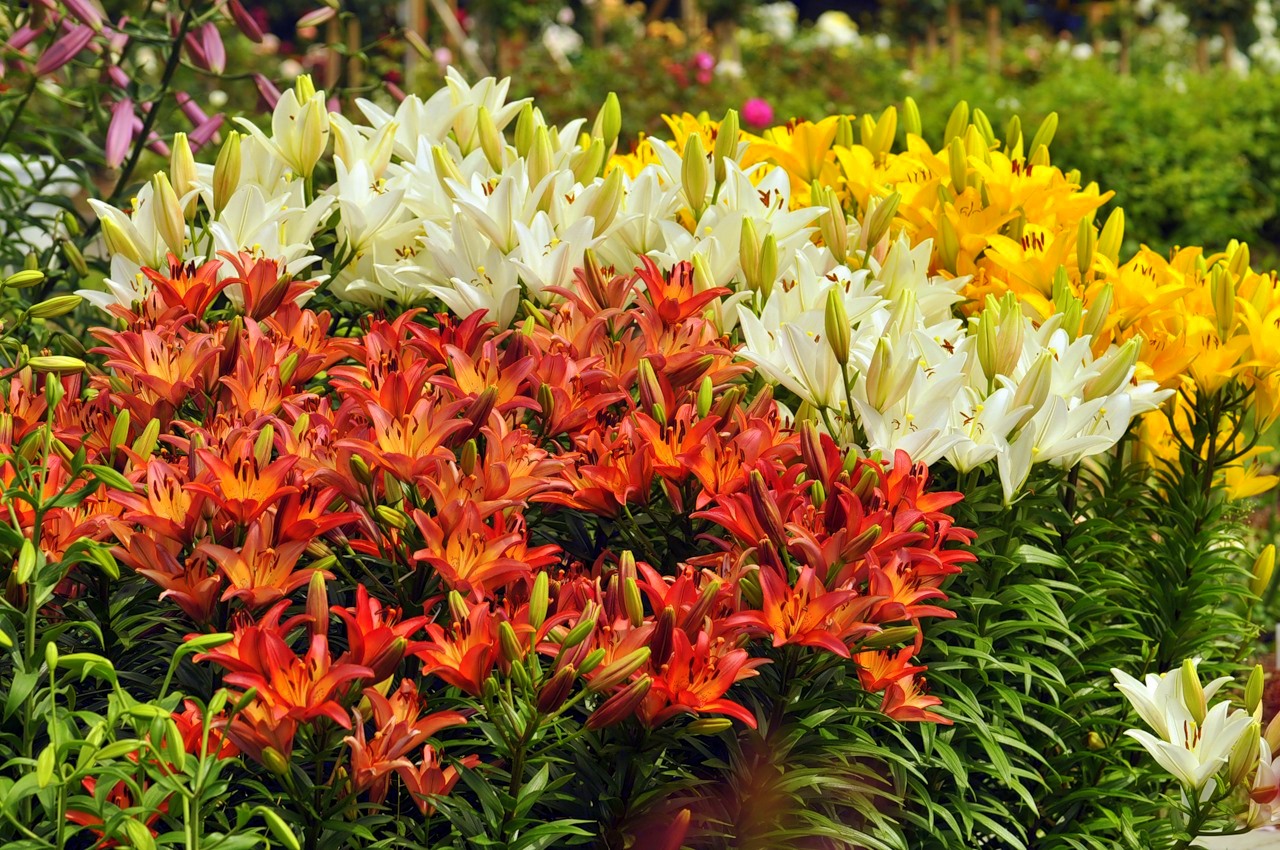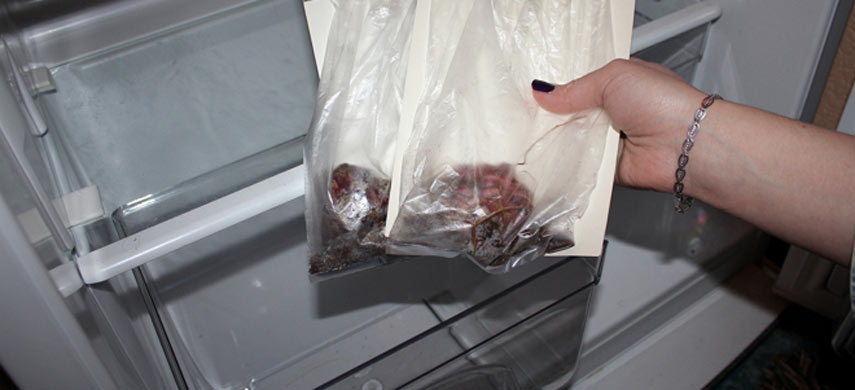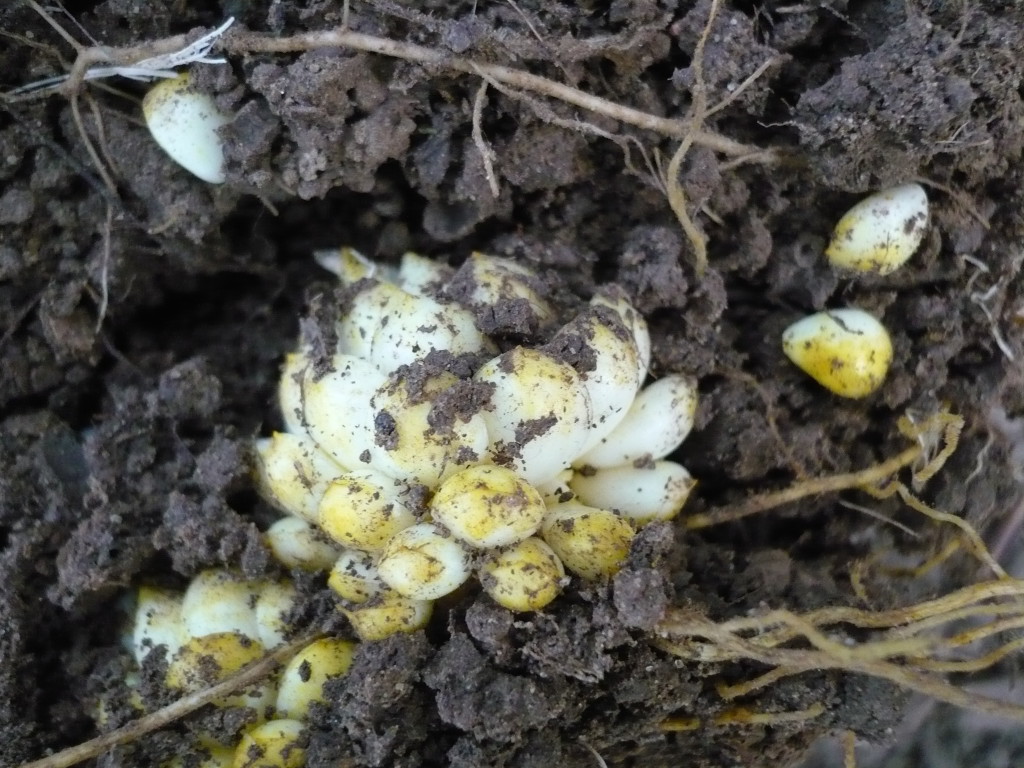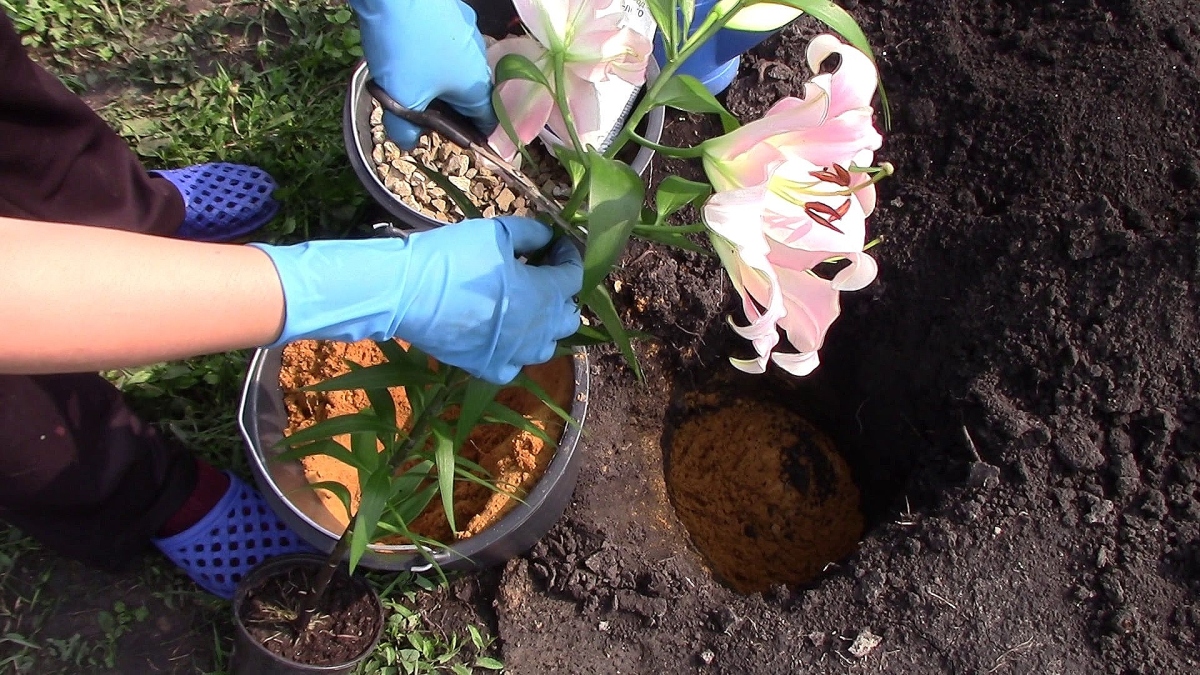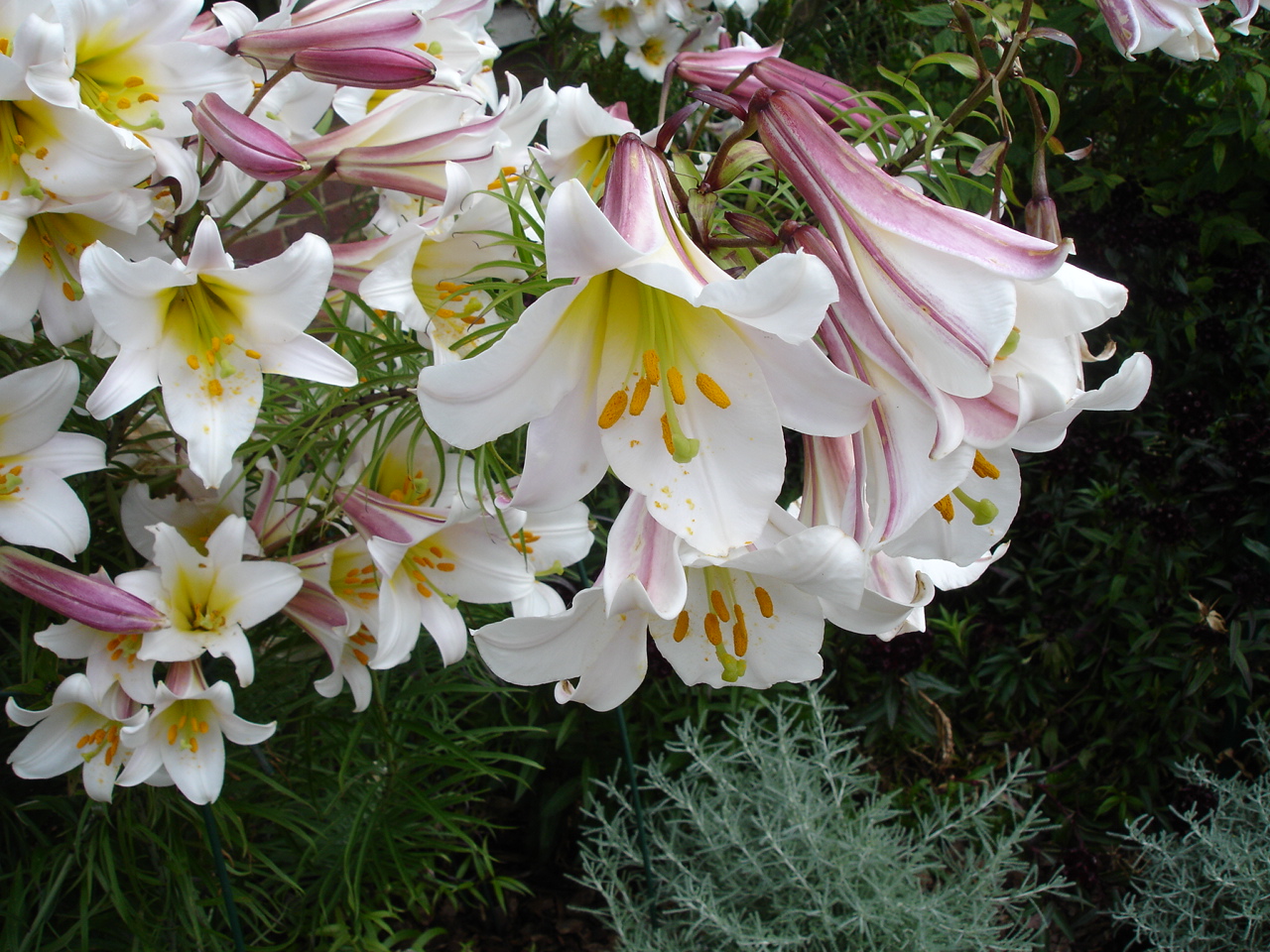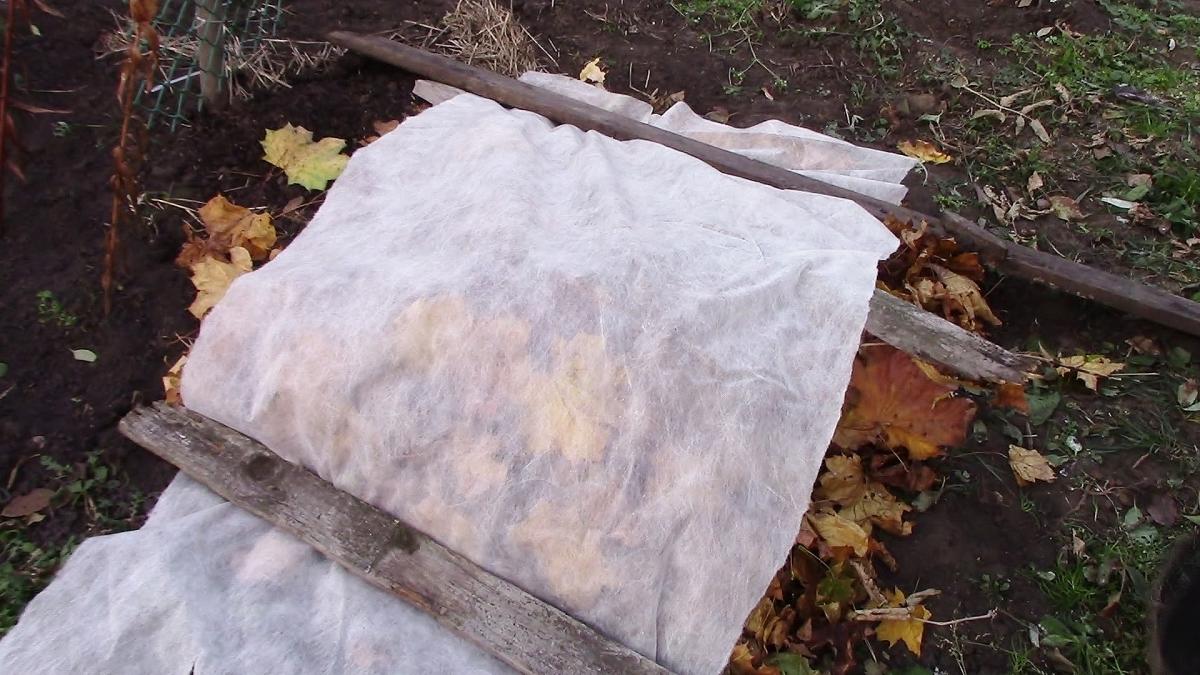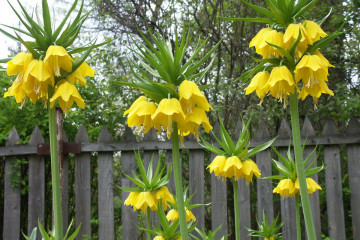When to transplant lilies from one place to another
Content:
Lilies do not leave indifferent any grower. In any garden area, there are at least a few copies of these beautiful fragrant flowers. However, novice growers often face various problems in growing lilies, this is due to the fact that they need to be regularly transplanted from one place to another. The timing in which it is better to do the transplanting of lilies to a new place is clearly defined. In order for the flowers to delight with their lush flowering annually, they must be observed.
When to transplant lilies
The optimal time when you can transplant lilies from one place to another is autumn. Specific dates depend on the region of their growth. For example, in Central Russia it is worth doing this in late August - early September, and in the southern regions - from late mid-September to mid-October.
Why do you need a transplant and what will happen if you do not do it
The first two to three years of growth, lilies growing in the open field bloom luxuriantly and develop actively. However, after this period, the flowers begin to become smaller, decorativeness is lost, young shoots develop more slowly. All this can be avoided with a transplant. A lily transplant is necessary to avoid:
- Stopping the growth of flowers;
- Flabby, yellowing leaves;
- Excessive overgrowth of plants;
- Fungal and bacterial diseases.
There are hybrid varieties that can not be transplanted for 10 years, but they are not very popular among flower growers. Most varieties need to be replanted annually.
The dependence of the transplant time on the variety of lilies
The period when you can plant lilies in the fall depends both on the region of growing flowers and on the variety of lilies. To do this, you need to have an idea of the features of the development cycles of the acquired variety. So, for example, the Candidum variety goes into a dormant state at the end of summer. At this time, it is worth thinking about transplanting other bulbs. The first half of September is suitable for transplanting early flowering varieties. Tubular or oriental varieties can be replanted in the first half of October or during the spring months.
It is quite permissible to replant Asian and early varieties in the spring, even in the initial period of budding. Immediately after that, they must be immediately shaded slightly and watered thoroughly.
When to plant lilies with a bulb in open ground: in autumn or spring
When to dig up lilies for transplanting and move them to a new location depends on the variety of flowers and the personal preference of the grower. Everyone chooses the option that suits him.
Planting in spring - pros and cons
Since most varieties are best transplanted in the fall months, growers usually do this. But some people prefer a spring transplant, many lilies tolerate it well.
Pros of transplanting in the spring:
- You can select the most viable bulbs that have survived the winter well in the refrigerator, and do not have any flaws;
- When storing bulbs at home, you can avoid freezing. This is especially true in those regions where winters are especially harsh. And if you overexpose them in a cellar or refrigerator, this problem can be avoided;
- In the spring, there are all the necessary conditions for the lilies to take root well in a new place.
Cons of a spring transplant:
- From time to time it happens that in the spring the root system does not have time to fully develop, then the plant begins to live only at the expense of the bulb. In this case, the ground part develops very poorly, and flowering may not occur at all;
- On those bulbs that were transplanted in the spring, babies are not formed (unlike those that were transplanted in the fall). Therefore, it will not work to propagate lilies with the help of children.
Transplant in the fall
Most gardeners agree that the best option for transplanting lilies growing in the open field is autumn. Early or late - depends on the variety. But this method has both advantages and disadvantages.
Benefits of an autumn transplant:
- After flowering, the bulbs go into a dormant state, in which the transplant is tolerated calmly.
- At the end of the growing season, lily bulbs gain a lot of nutrients that will help them survive the winter.
- Bulbs transplanted to a new garden site in the fall have more time to develop a strong root system, which ensures that they will bloom earlier and bloom more luxuriantly next season.
- Autumn is a great time for the reproduction of lilies by children, which grow up to 10 pieces on an adult bulb.
Disadvantages of an autumn transplant:
- If the plantings are not covered, and winter is expected to be frosty, there is a risk of freezing of the bulbs.
- Bulbs dug up in the fall cannot be stored for a long time.
- Young lilies transplanted to a new location in the garden in the fall can be an excellent treat for mice.
As you can see, each method has pros and cons, and it is worth focusing, first of all, on the features of the region and the features of the hybrid that needs to be planted.
Is it possible to transplant flowering lilies in summer
Most often, transplanting lilies during the flowering period is a risky undertaking. Only some Asian varieties, flowering early and being the most unpretentious, are able to withstand it. But in order to definitely avoid trouble, it is better to try not to do this.
Why is autumn the best time to plant?
Experienced flower growers transplant the lily in the fall, realizing that this is the best option for the formation of a lush and powerful flowering in the next season. In the fall, you can not only plant lilies, but also propagate them, due to the formation of a large number of children. The most important thing when transplanting at the end of September - October is to warm the plantings. For the northern and northwestern regions of the country, this must be done with an earlier planting.
How often should lilies be replanted?
Most varieties of lilies develop well in one place for 3-4 years, after which they will need a transplant. Do not do this too often, so as not to disturb the plant bulbs.But after this period, it is necessary to plant flowers, since the supply of nutrients in the soil decreases, the number of bulbs increases, they become cramped with each other, they become smaller, which affects the appearance and condition of the plants.
Asian (oriental) varieties need an annual transplant, since a large number of babies are constantly formed on the bulbs and the bulbs grow very quickly.
Tubular lilies can be replanted annually or once every two years due to the formation of many children.
American hybrids are able to grow quietly in one place for up to 10 years. However, they will not experience any discomfort.
When to dig up lilies after flowering and when to plant
When to dig up lilies after flowering and when to plant in a new place, all growers should know. This is the most important factor in the development of flowers and the improvement of their appearance and internal state. Since the bulb gives up most of its nutrients during the flowering period, it greatly decreases in size and weight.
Recovery requires at least a month and a number of conditions:
- Adequate amount of soil above the bulb;
- Preservation of the total number of leaves, getting rid of only yellowed and wilted leaves;
- Removing bolls in which seeds are formed.
When to plant lilies after flowering
After the end of flowering, before transplanting, time must pass before the bulb will fully recover. This will take at least 4-6 weeks. She should completely go into a dormant period. Transplanting can take place even at the end of October, but only in case of late flowering and complete rest and restoration of the bulb.
All about lily transplant technology
In order to properly transplant these plants, you must follow some rules: decide on the time of transplanting, pay attention to the quality of the planting material, choose the optimal place, and direct care for the planted plants.
How to properly transplant lilies to another place
Planting bulbs in a new location is carried out in several stages:
- Prepare the correct hole.
- Provide a drainage layer by pouring a small layer of sand into the bottom.
- Place the onion and spread its roots.
- Pour a layer of nutritious soil on top.
- Water abundantly.
- Cover with a layer of loose soil such as peat.
Digging the bulbs
The bulbs must be dug out carefully and must not be damaged in any way. It should be carried out only after they are fully prepared for this process and have stored a sufficient amount of nutrients. They need to be carefully removed from the soil, shaken off, carefully examined for diseases and damage, and held for some time in a weak solution of potassium permanganate. Then you need to separate the children (if any) and land.
Storing bulbs for spring repotting
Bulbs for spring transplanting must be stored in a cool room, where the temperature does not exceed + 3 ° C. This could be a basement or a refrigerator. You can remove future planting material in plastic bags with a small amount of wet sawdust. It is better to make small holes in the bag so that the bulbs can breathe. They need to allocate a separate shelf or compartment of the refrigerator. The main thing is not to put them next to fruits or vegetables, as they can pick up an infection from them.
Transplantation methods
If transplanting takes place in the fall, then it is not difficult to carry out it. It's enough just to follow the rules. But after wintering, shoots may form on the plant.If their length is more than 5 cm, then it is better to plant such a flower not directly, but at an angle, so that the sprout looks up. If it is straight, then the fit should be the same as usual. If the bulbs with a sprout were bought before the winter planting, then it must be carefully unscrewed - a new one will appear in the spring.
After winter, the bulbs can be removed not only in a bag, but also dropped into a bucket of sand, which must be periodically moistened. It should also be kept cool. But in this case, by the beginning of the transplant into open ground, a good sprout will definitely appear, and the lily will bloom a little faster.
Choosing a landing site
The place where lilies are transplanted should be sunny, calm (or sheltered from the wind). These plants can take root well in partial shade, but in this case they will not bloom luxuriantly and profusely.
Preparing planting holes in a flower bed
First of all, you need to prepare the soil, which should include peat and sand, and apply fertilizer (superphosphate and potassium sulfate). Excessively acidic soil should be neutralized with limestone or dolomite flour. After preparing the soil, it is necessary to make holes, the depth of which will be three times the length of the bulb.
Mulching and fertilizing bulbs
Mulching is used to retain moisture. This procedure has a positive effect on most plants, including lilies. For Oriental and Asian hybrids, it is better to use materials that make the soil more acidic. For example, only peat or sawdust. American and tubular varieties do not like acidic soils, so humus with the addition of ash is used for mulch. Ash is also used for feeding lilies, adding 100 g per 10 liters of water. Such feeding can be carried out repeatedly.
The first time the lilies are fed on the layer of the last snow, when the shoots have not yet appeared. It is carried out with any fertilizer for lilies. The same feeding is done during the budding period. After flowering, they are fed with a mixture of potassium and superphosphate.
Agrotechnical rules for caring for lilies after transplantation
After transplantation, lilies need proper care. It depends on the season in which this process took place. Autumn lilies must be watered, gradually reducing this procedure, fed and insulated for the winter. For this, agrofibre is suitable, laid over a layer of dry leaves.
For those flowers that are transplanted in spring, top dressing, regular watering, mulching and planting in the right place are necessary.
When is the best time to transplant lilies, everyone decides for himself. Different ways of transplanting and caring for bulbs will help flower growers make the right choice. Beautiful flowers, which are an adornment of any garden, have fallen in love with almost all gardeners. Caring for them is not difficult, the transplant also does not present any particular problems. Therefore, there is no need to be afraid, you need to try and enjoy the result.
